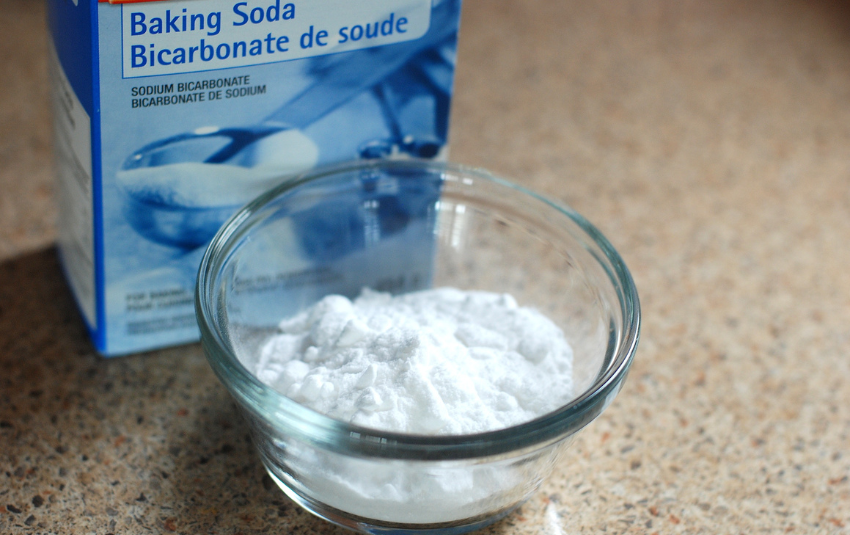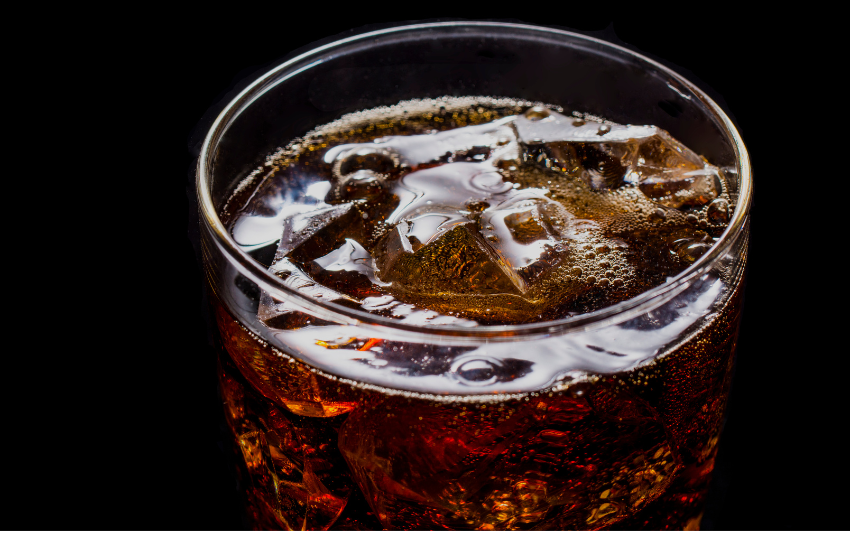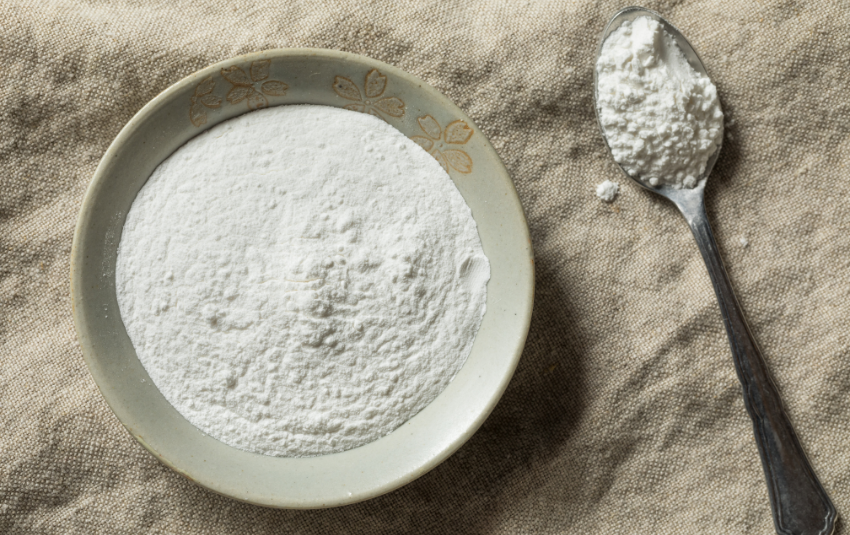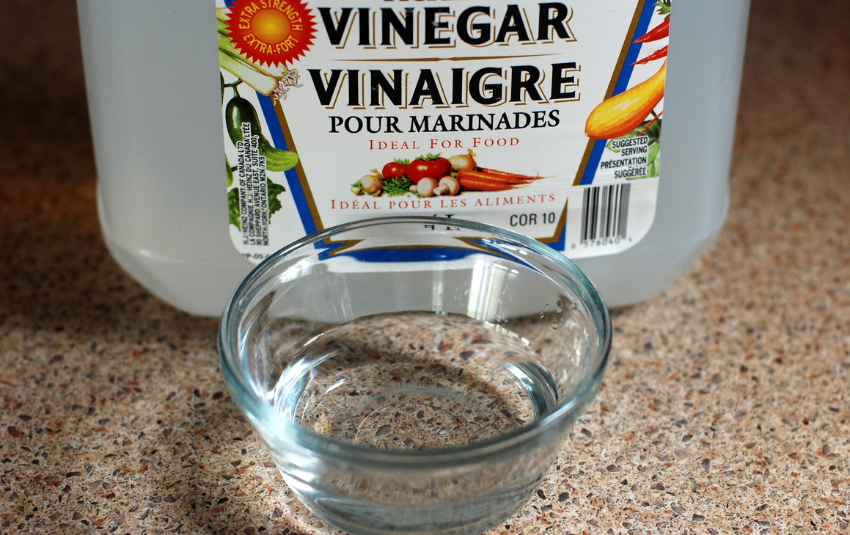Stainless steel is an iron alloy that usually contains between 10 to 30 per cent chromium. It’s used in a wide range of household appliances and fixtures such as kitchenware, refrigerators, grills and sinks.
When iron reacts with air and water, rust forms. Hence, the addition of chromium in stainless steel helps to create a protective coating that prevents contact with air and moisture. When this coating is removed, the surface may start to rust.
This article will cover 5 methods on how to clean rusty stainless steel and some tips to prevent the formation of rust.
Table of Contents
Methods For Cleaning Rusty Stainless Steel
While many commercial cleaning solutions are formulated to get rust off stainless steel surfaces, they may contain harmful chemicals such as phosphoric acid. This acid is highly effective in removing rust. However, the concentration is often high and can be hazardous in case of skin or eye contact.
Here are 5 ways to remove rust using items you can already find at home that are safe even around kids (although it’s still recommended to keep them away from children)!
Method 1: Baking soda and water
Suitable for: Items with light rust stains
Baking soda, also known as bicarbonate of soda, is a naturally occurring mineral that’s slightly alkaline. It’s a mild abrasive that won’t corrode or scratch your stainless steel. It reacts with water to produce carbon dioxide bubbles which are effective in lifting stains.
For small rust spots
To remove small rust spots, combine 1 tablespoon of baking soda with 2 cups of water to form a thick paste. Apply the paste to the rusted area and rub it with a soft, clean cloth. Lastly, rinse off the paste and gently dry the surface with a paper towel.
For larger areas with rust
Rinse the area thoroughly with water to remove any debris and dampen the surface. Next, sprinkle a liberal amount of baking soda, ensuring that it covers the rusted surfaces. Allow the layer of baking soda to sit for 30 minutes to an hour.
Once that’s done, get down to scrubbing with an old soft-bristled toothbrush! Finish by rinsing and drying the surface with a paper towel.
Method 2: Cola or root beer
Suitable for: Items with moderate rust stains
Cola and root beer contain phosphoric and citric acid which help to break down rust. While the concentration of phosphoric acid isn’t as high as those found in rust-cleaning solutions, they’re often substantial enough to remove rust.
If you’re worried about the sticky residue left after using these sweetened drinks to clean the rust, try using their diet options. They’re sugar-free and contain the same amount of phosphoric and citric acid – meaning they can work just as well!
For small rust spots
For items with minimal rust, just dip a cloth or toothbrush in cola or root beer before buffing the rusted area. Once the rust has lifted, rinse thoroughly with water to remove any sticky residue on the surface.
Alternatively, you can use aluminium foil, instead of a cloth, with cola or root beer for chrome surfaces. The foil acts as a mild abrasive and is suitable for removing stubborn rust.
For larger areas with rust
For larger surfaces with rust, it’s recommended to soak the item in cola or root beer overnight before attempting to scrub the rust off. You may choose to use a soft cloth, aluminium foil or an old toothbrush to get rid of the rust.
After scrubbing, remember to rinse the item thoroughly.
Note!
For items that are too large to be soaked, you may want to try dipping some old towels or paper towels in cola or root beer. Without wringing too much, use the soaked towels to wrap around the rusted area and leave it overnight. This may help to remove rust on larger items or surfaces.
Method 3: Cream of tartar and lemon juice
Suitable for: Items with moderate rust stains
Cream of tartar can easily be found in the baking section of any supermarket and is relatively inexpensive. Combine 1 tablespoon of cream of tartar with several drops of lemon juice to create a thick paste that can be applied to rusty spots.
Using a soft sponge, buff the paste all over the rust spots. Once the necessary areas have been treated, wipe the paste off with a damp, soft sponge and dry off with a paper towel.
Be sure to only use a soft sponge and not a scouring sponge as it would damage the surface.
Method 4: Lemon juice and baking soda
Suitable for: Items with moderate rust stains
This method has been used for a long time and is a definite tried-and-true method.
First, mix equal amounts of baking soda and lemon juice to form a thick paste. Next, apply a thick layer of the paste over the rusted areas before using a damp sponge to remove the rust.
If the rust doesn’t come off, apply the paste again and leave it to sit for about 30 minutes before rubbing it with the damp sponge again.
Tip!
In place of lemon juice, you may choose to use lime juice or hydrogen peroxide instead.
Method 5: White vinegar
Suitable for: Slightly rusted items
White vinegar contains acetic acid which acts as a mild corrosive cleaner. It’s effective in chipping away at mild rust, dirt and stains.
However, do note that this method won’t work on stubborn rust. This method is also not recommended for use with oil-repellent stainless steel as vinegar may strip away the coating.
To remove any rust, fill a spray bottle with undiluted white vinegar. After which, spray the vinegar on the item and wipe it off with a cleaning cloth or paper towel until it’s dry. Lastly, rinse with water.
Tips For Cleaning Rusty Stainless Steel
If this is your first time using any of the methods listed above, we recommend the following precautions to avoid damaging your stainless steel items.
Apply the solution to an inconspicuous area
It’s advisable to do a “patch test” on an obscure area before applying the solution to the entire surface. This will allow you to see if the method is effective and if it may damage or scratch your item.
Avoid scouring powder and metal abrasives
It’s recommended to avoid using scouring powder or metal abrasives such as steel wool. These materials are too harsh on stainless steel and may scratch the surface. This is especially important if your kitchenware is coated with a non-stick finish.
You may want to use a microfibre cloth or an old toothbrush instead.
Avoid cleaning supplies containing chlorides
While it may be tempting to simply get a rust-cleaning solution, do ensure that you check through the ingredient list before using it. You’ll want to stay away from cleaners that contain chlorides such as fluorine, iodine or bromine. They’re highly abrasive and can cause dull discolourations.
Clean in the direction of the grain
Stainless steel has a wood-like grain to it – it’s the faint lines running across the surface. To prevent dirt and grime from accumulating in the crevices, it’s recommended to clean in the direction of the grain.
Clean the surface after removing the rust
Once all the rust is removed, rinse the surface thoroughly with warm water and pat it dry with paper towels. If you’re planning to keep the item away after cleaning, ensure it’s completely dry before storing it.
How To Prevent Stainless Steel From Rusting
Prevention is always better than cure. To prevent stainless steel from rusting, it’s imperative that you keep it away from moisture. Here are some tips to maintain your stainless steel and keep it sparkling clean!
Clean any spills immediately
If you notice any spills on your stainless steel surface, clean it up immediately! Don’t procrastinate and leave the contaminant to linger on the surface. Simply use a microfibre cloth or paper towel to dry it to avoid stubborn water stains from building up and rust from forming.
Wipe fingerprints away
Just spend 5 minutes every day maintaining your stainless steel to keep it in its pristine condition.
Combine warm water and dish detergent or hand soap to wipe away smudges and fingerprints. Next, gently dry it with a paper towel. This will ensure that your stainless steel appliances and kitchenware retain their sheen.
Use RP7
Selleys RP7 is a multi-purpose spray that helps to lubricate surfaces, prevent rust and repel moisture. It’s safe for use on surfaces such as steel, aluminium, iron and painted walls. The spray nozzle allows the product to reach confined spaces easily.
To prevent rust, simply spray RP7 periodically over stainless steel items. Depending on the type of material and environmental conditions (such as humidity and salinity of the air), the frequency at which you need to spray the solution may differ.
Note!
It’s not recommended to use RP7 on kitchenware and utensils that will be used for the consumption of food.
FAQs About Cleaning Rusty Stainless Steel
Why does stainless steel rust?
Stainless steel is a form of iron alloy which is typically plated with chromium to prevent rusting and corrosion. However, constant exposure to high humidity or salinity can tarnish the protective coating over time.
This means that oxygen can react with the inner steel layer and this may cause corrosion and rust.
Can bleach remove rust?
One of the main ingredients of bleach is chlorine, which is a powerful oxidising agent. As such, bleach shouldn’t be used on stainless steel as the chlorine will react with it and form rust.
In addition, bleach may corrode the outer layer of stainless steel and make it more susceptible to rusting and staining.
Can hydrogen peroxide remove rust?
Yes! Simply add equal parts of hydrogen peroxide and cream of tartar to create a thick paste before applying it to the rusted area. Let it sit for 30 minutes before buffing the area with a damp sponge and patting it dry with a paper towel.
It’s crucial to note that only a small amount of hydrogen peroxide is required. If too much is added, it can backfire and speed up the rusting process instead.
Can toothpaste remove rust?
While it’s a handy household item that can be used to remove stains around the house, toothpaste is only capable of removing rust stains and not rust itself. It has to be mixed with baking soda in equal amounts to create a thick paste.
Apply it on a rust stain and let it sit for 10 minutes before scrubbing it with a cloth or toothbrush. Rinse the area with water and repeat the steps until all the stains have been lifted.
This method is only suitable for smaller rust spots.






